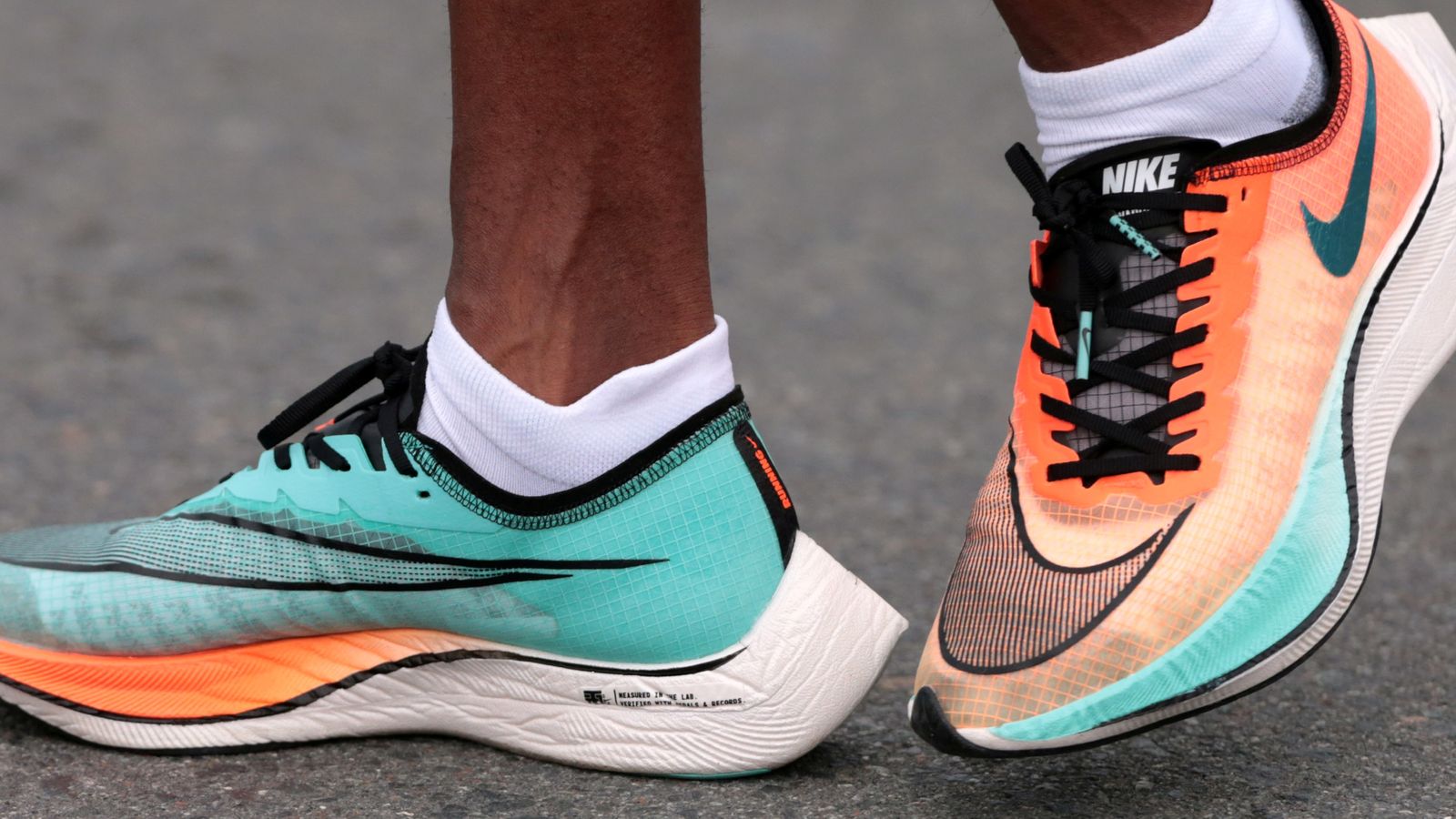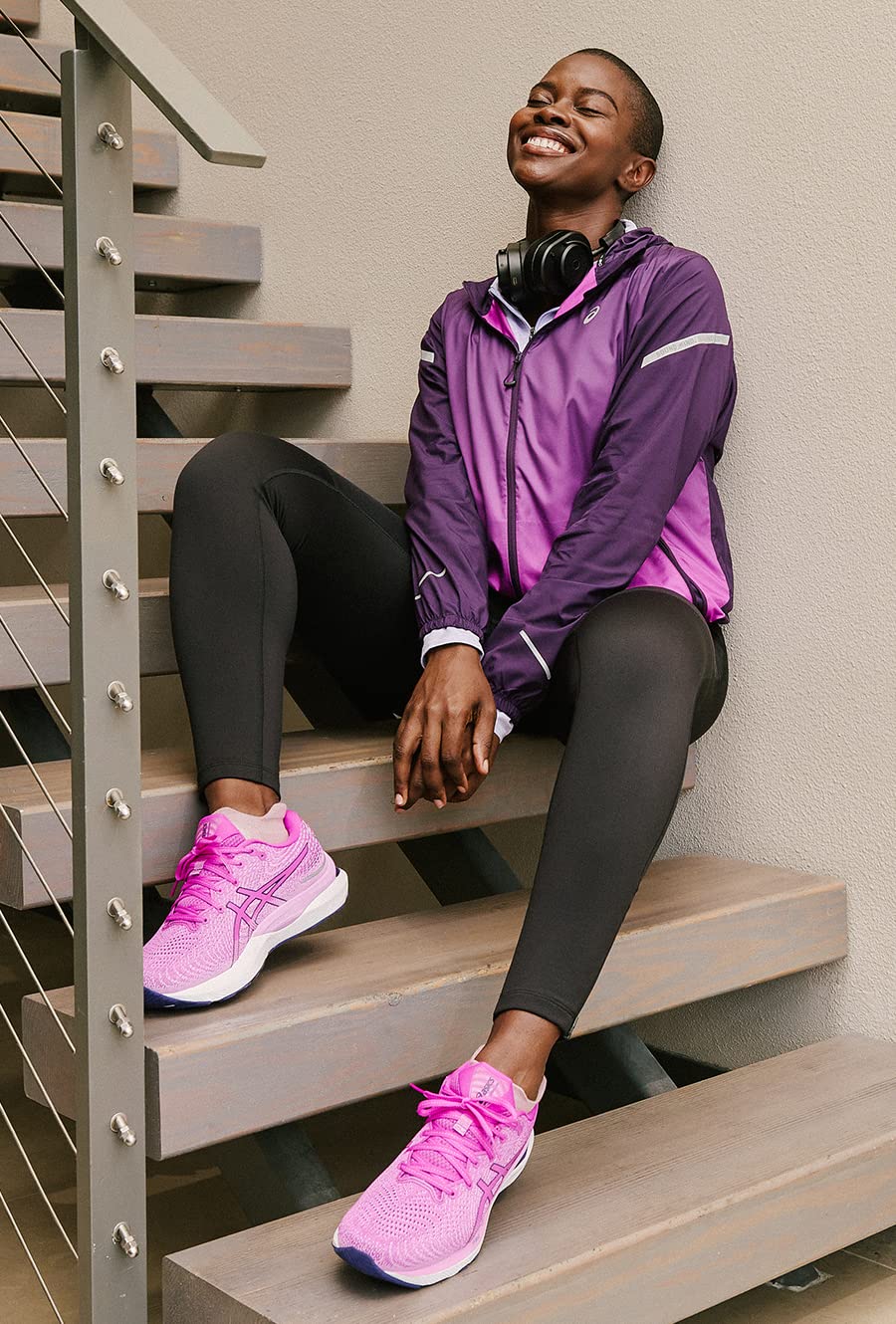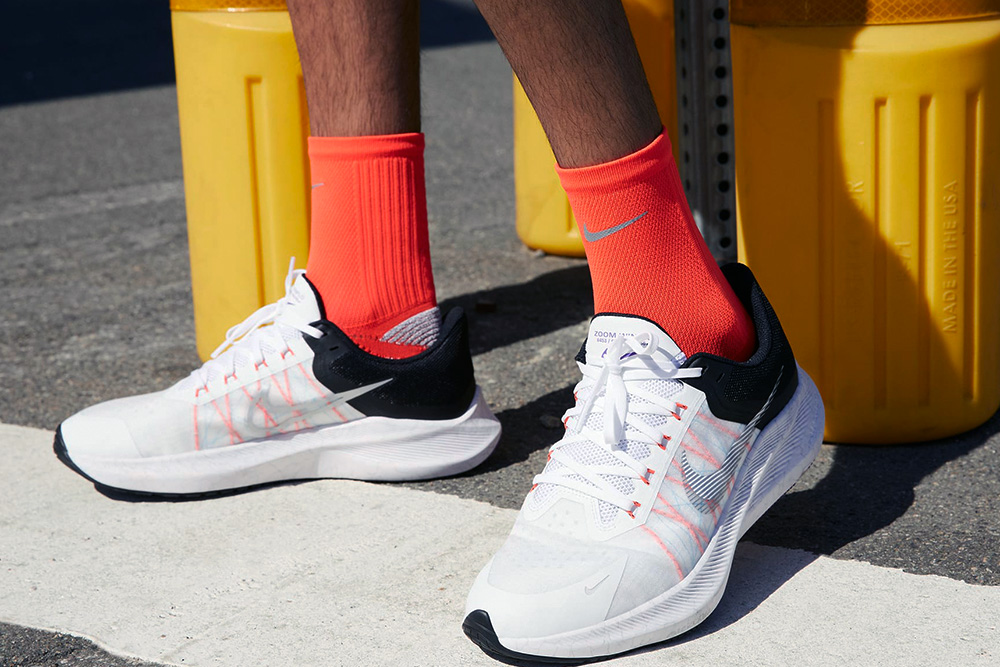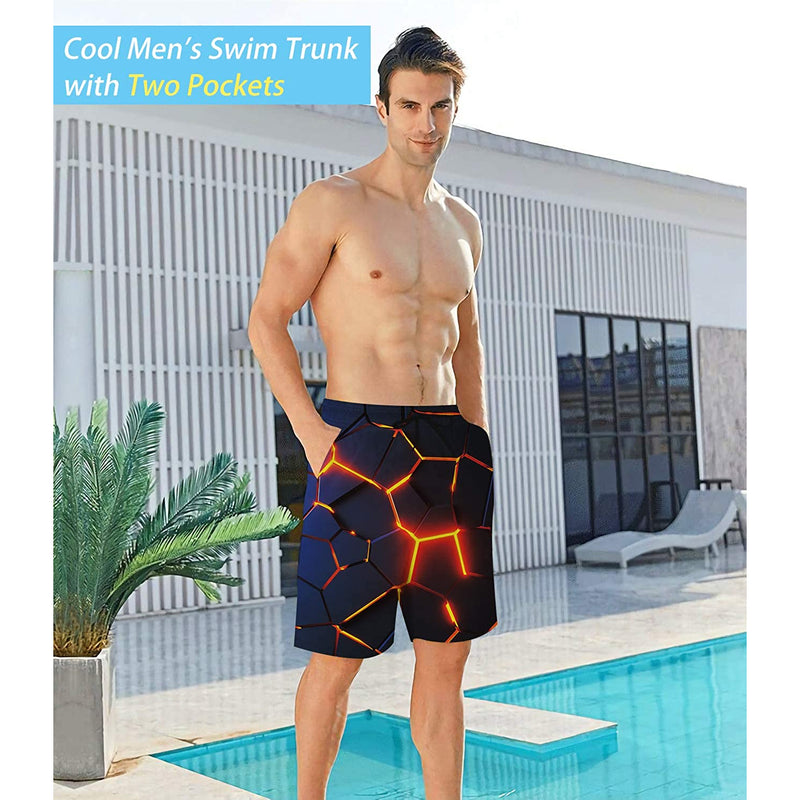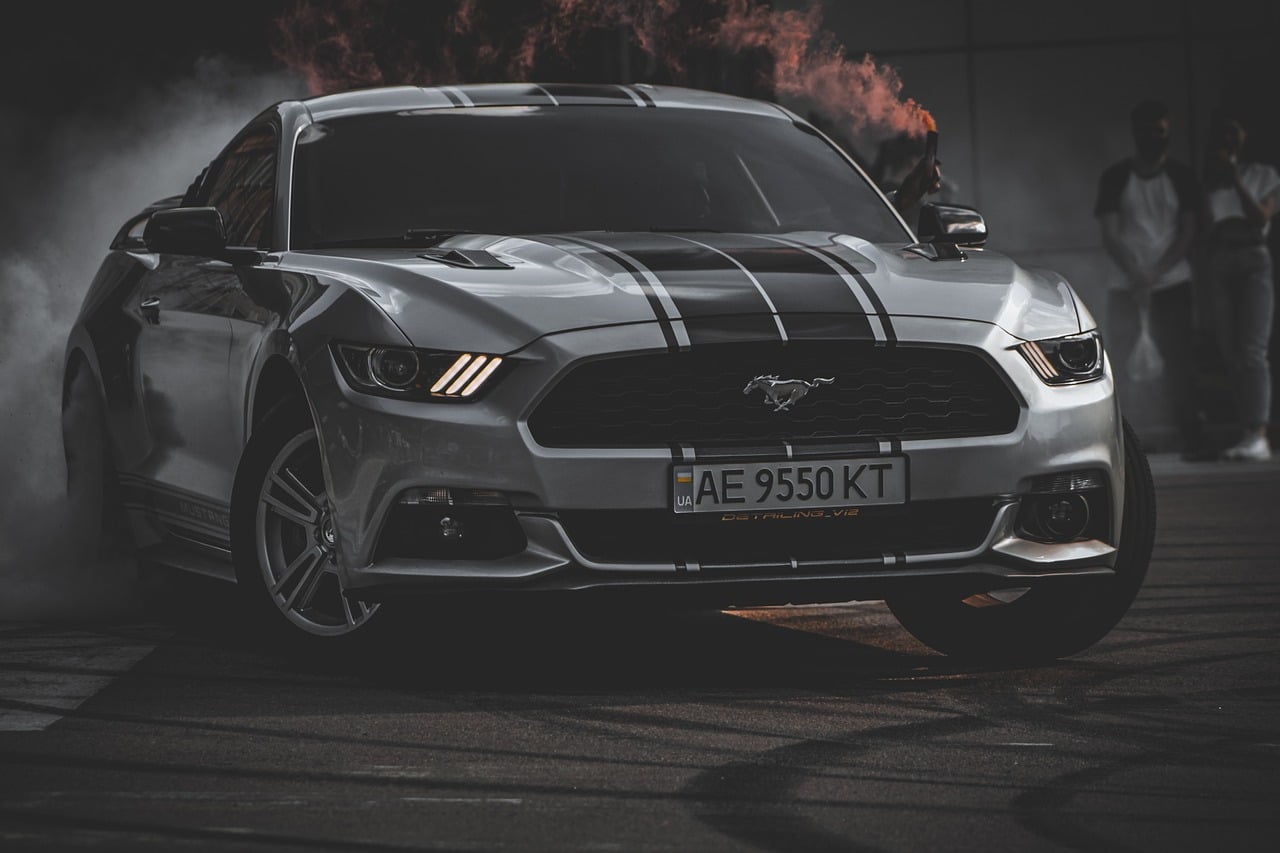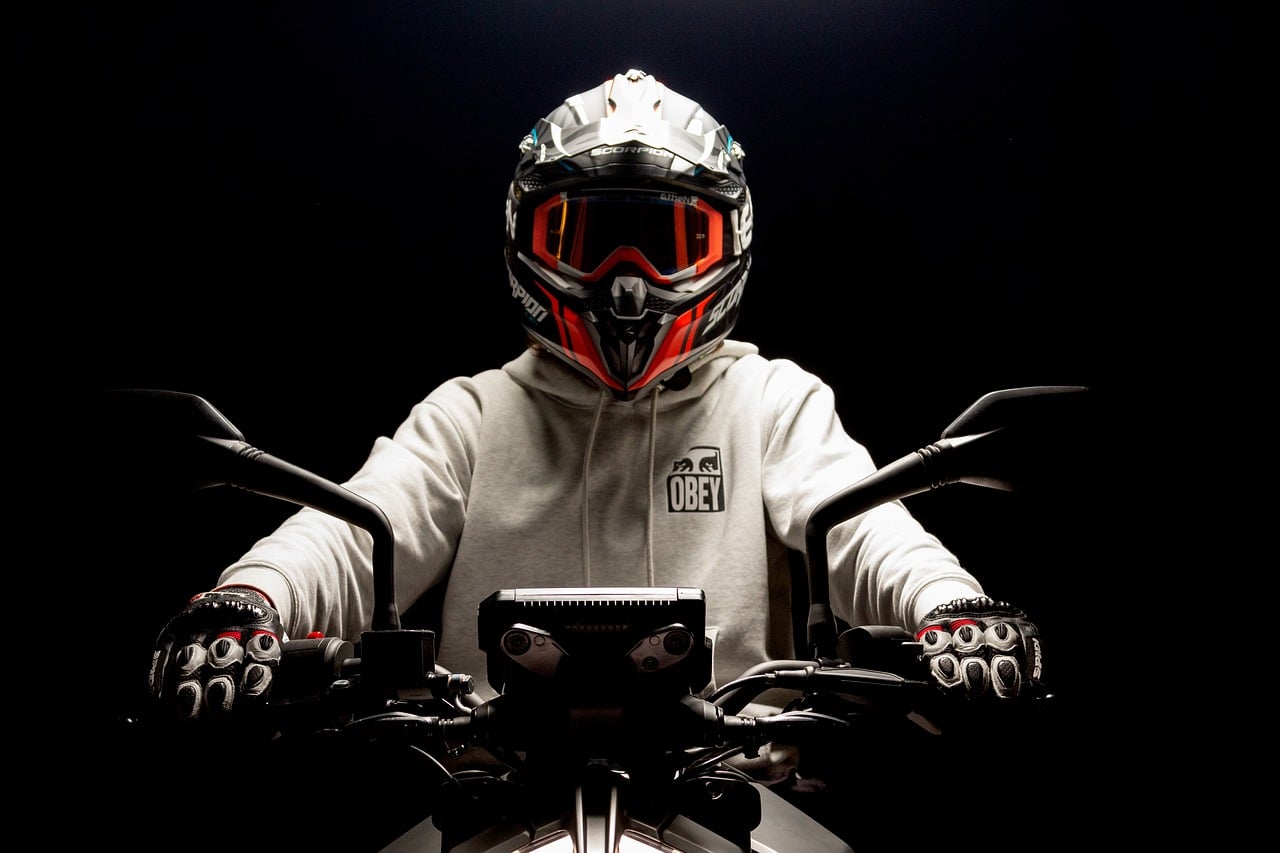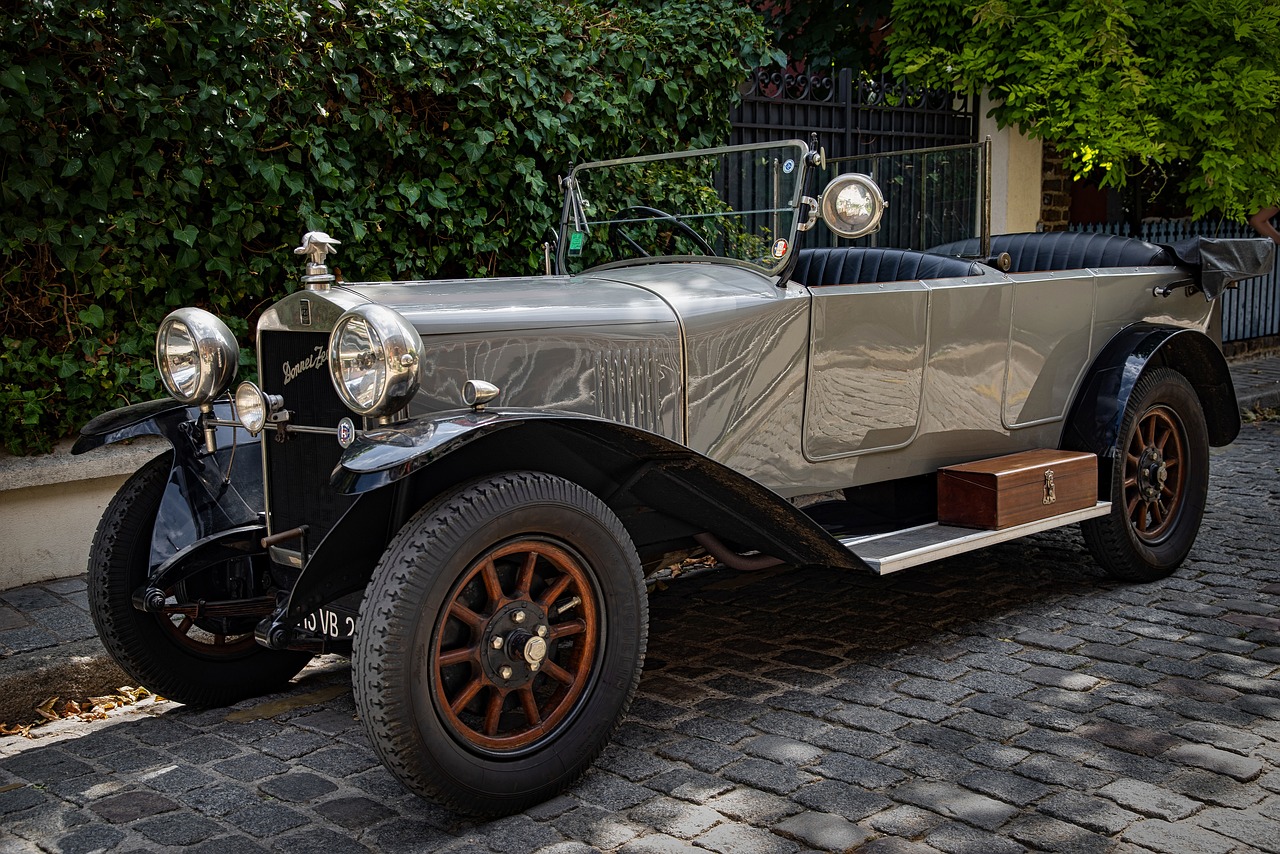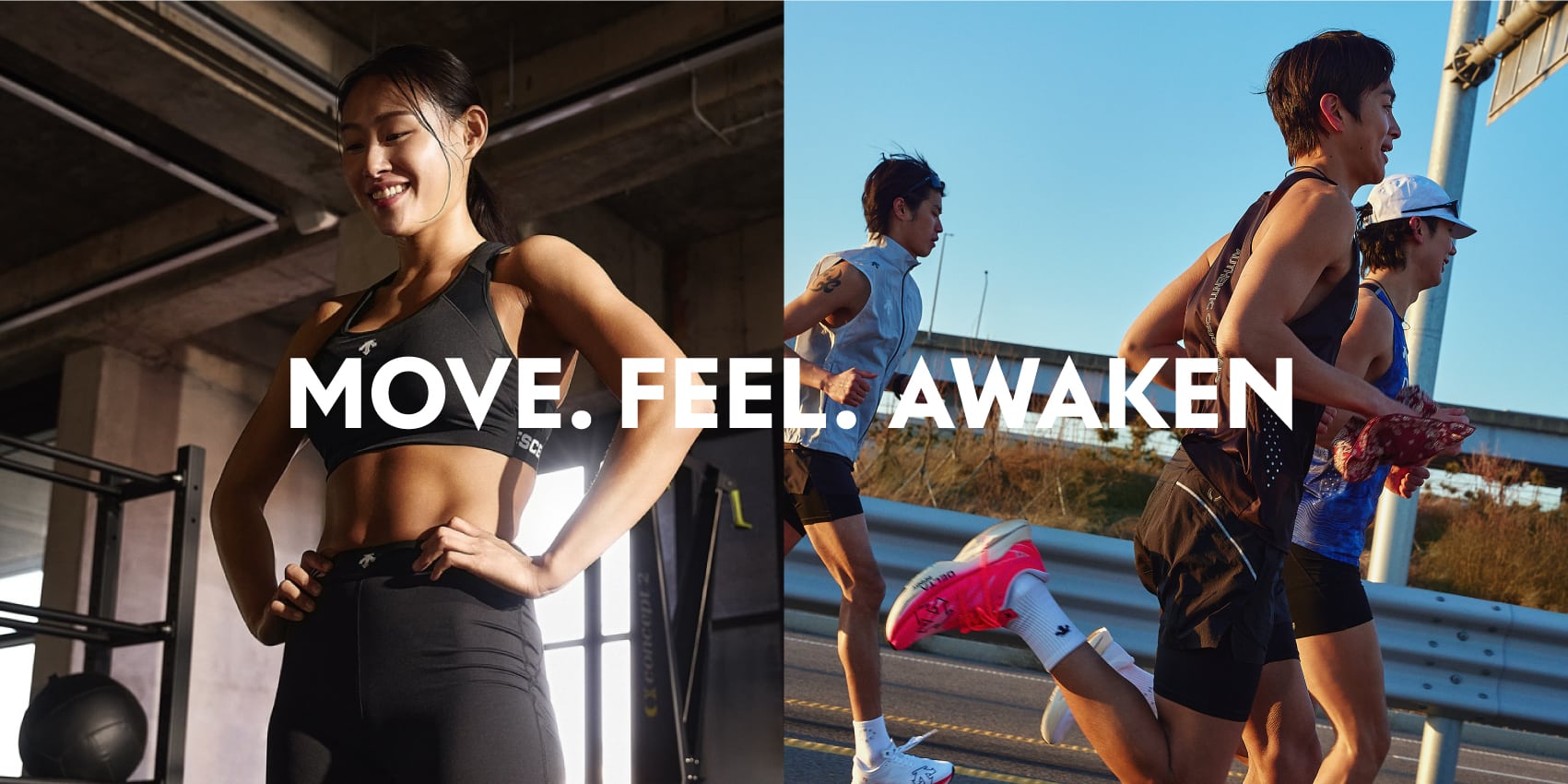Now Reading: The Best Running Shoes Ever A Comprehensive Guide
-
01
The Best Running Shoes Ever A Comprehensive Guide
The Best Running Shoes Ever A Comprehensive Guide
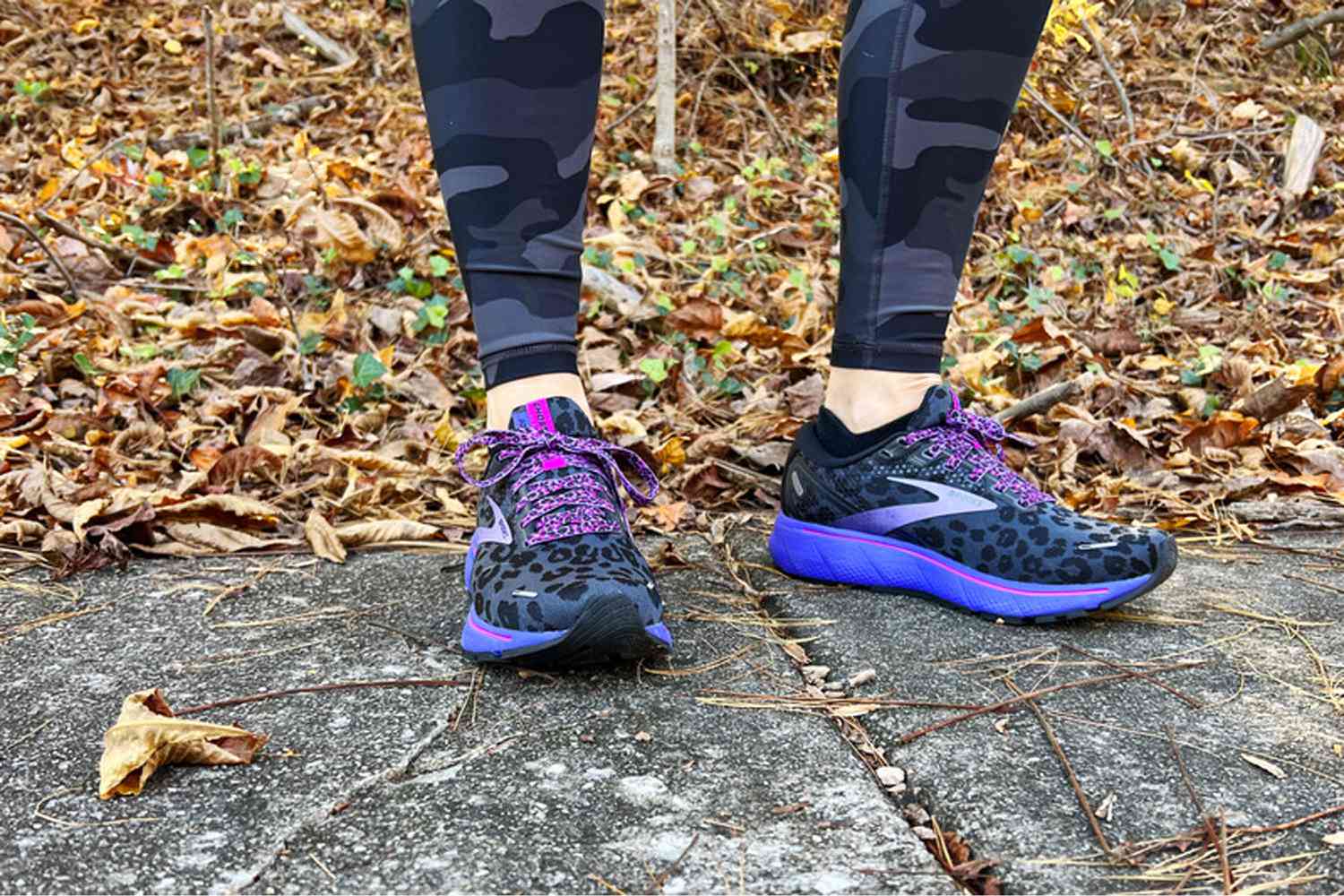
As a runner, one of the most important decisions you will make is choosing the right pair of running shoes. The right shoes can make all the difference in your performance, comfort, and overall enjoyment of the sport. With so many options on the market, it can be overwhelming to try and find the best running shoes for you. In this guide, we will break down everything you need to know about running shoes, their features, and what makes them the best. Whether you’re a seasoned runner or just starting out, this guide will help you find your perfect fit.
What to Look for in a best running shoes ever

When it comes to finding the best running shoes, there are a few key factors to consider. First and foremost, you want to make sure the shoe fits properly. Ill-fitting shoes can cause discomfort, blisters, and even lead to injury. It’s important to get properly fitted for running shoes at a specialty running store or by a trained professional.
Another important factor is the type of running you will be doing. Are you a long-distance runner? Do you prefer trail running? Your specific needs will determine the type of shoe that is best for you. Additionally, your foot shape and arch type will also play a role in finding the right shoe.
Some other features to look for in a running shoe include cushioning, stability, and flexibility. These elements can greatly impact your running experience and should be taken into consideration when making your decision.
Cushioning
Cushioning refers to the amount of padding and shock absorption in a shoe. This is especially important for long-distance runners who need extra support to reduce the impact on their joints. Cushioning can come in the form of gel, foam, air pockets, or other materials. It’s important to find the right balance of cushioning for your specific needs.
A shoe with too much cushioning can feel heavy and affect your speed, while too little can lead to discomfort and injury. It’s also important to note that cushioning can break down over time, so it’s recommended to replace your running shoes every 300-500 miles.
Stability
Stability in a running shoe refers to its ability to keep your foot in place and prevent excessive rolling or twisting. This is especially important for those with flat feet or overpronation (when the foot rolls inward). Look for shoes with features such as a medial post or a firmer midsole to provide stability and prevent injury.
On the other hand, if you have high arches or supination (when the foot rolls outward), you may need a shoe with more flexibility to allow for natural movement. Again, it’s important to consider your specific foot type when looking at stability features in a running shoe.
Flexibility
Flexibility in a running shoe refers to how easily the shoe bends and moves with your foot. A shoe that is too stiff can lead to discomfort and blisters, while one that is too flexible may not provide enough support. The right level of flexibility will depend on your personal preference and the type of running you do.
Types of Running Shoes
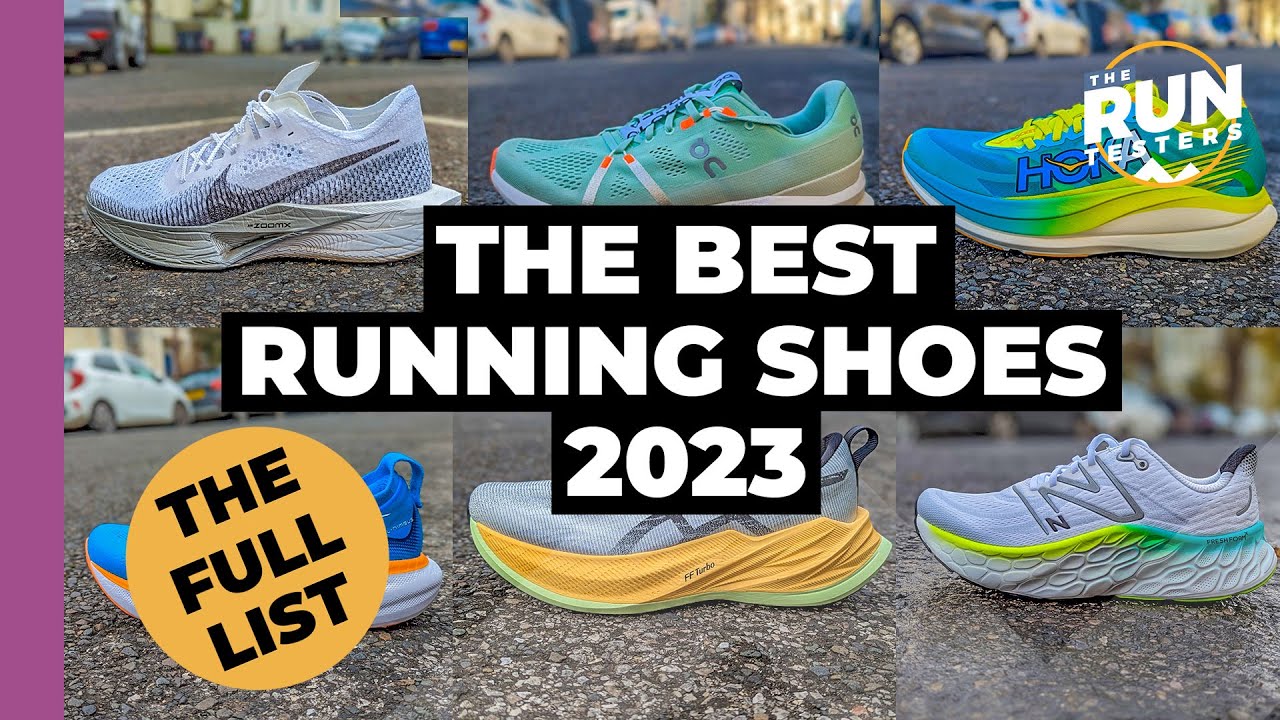
Now that we’ve covered what to look for in a running shoe, let’s dive into the different types available. Each type is designed for a specific purpose and understanding their differences can help you choose the best running shoe for your needs.
Road Running Shoes
Road running shoes are the most common type of running shoe and are designed for pavement or road surfaces. They typically have a good balance of cushioning, stability, and flexibility and are suitable for a variety of distances. If you’re a beginner or a recreational runner, road running shoes are a great place to start.
Neutral Road Running Shoes
Neutral road running shoes are designed for runners with a neutral foot type or those who do not overpronate or supinate. They offer a good amount of cushioning and flexibility, making them suitable for most runners.
Stability Road Running Shoes
Stability road running shoes are designed for runners who need extra support to prevent overpronation. They have features such as a medial post or firmer midsole to help keep the foot in place. These shoes are also suitable for those with flat feet.
Trail Running Shoes
Trail running shoes are designed for off-road surfaces, such as dirt trails, rocky terrain, or grassy paths. They typically have a more rugged outsole and offer more protection and stability than road running shoes. If you enjoy trail running or other outdoor activities, these may be the best running shoes for you.
Light Trail Running Shoes
Light trail running shoes are designed for runners who primarily run on maintained trails and want a lighter shoe. They still offer some cushioning and traction but are not as heavy and sturdy as other trail running shoes.
Heavy Duty Trail Running Shoes
Heavy duty trail running shoes are designed for rougher terrains and provide more protection and stability. They often have a more aggressive outsole and added features such as rock plates to protect against sharp objects. These shoes are best suited for experienced trail runners or those who face challenging terrain.
Racing Shoes
Racing shoes are designed specifically for speed and are typically used for shorter distances such as 5k or 10k races. They are lightweight, minimalistic, and offer little to no cushioning. These shoes are not recommended for everyday training and are best used by advanced runners looking to improve their performance.
Sprinting Shoes
Sprinting shoes are designed for sprinters and offer maximum speed and minimal weight. They often have spikes on the outsole to provide traction on the track. These shoes are only suitable for short sprints and should not be used for longer distances.
Long Distance Racing Shoes
Long distance racing shoes are designed for races such as the marathon, where speed and efficiency are key. They offer a balance of cushioning and lightweight design to help improve performance over long distances. These shoes are best suited for experienced runners looking to achieve their personal best in a race.
Choosing the Best Running Shoe for You
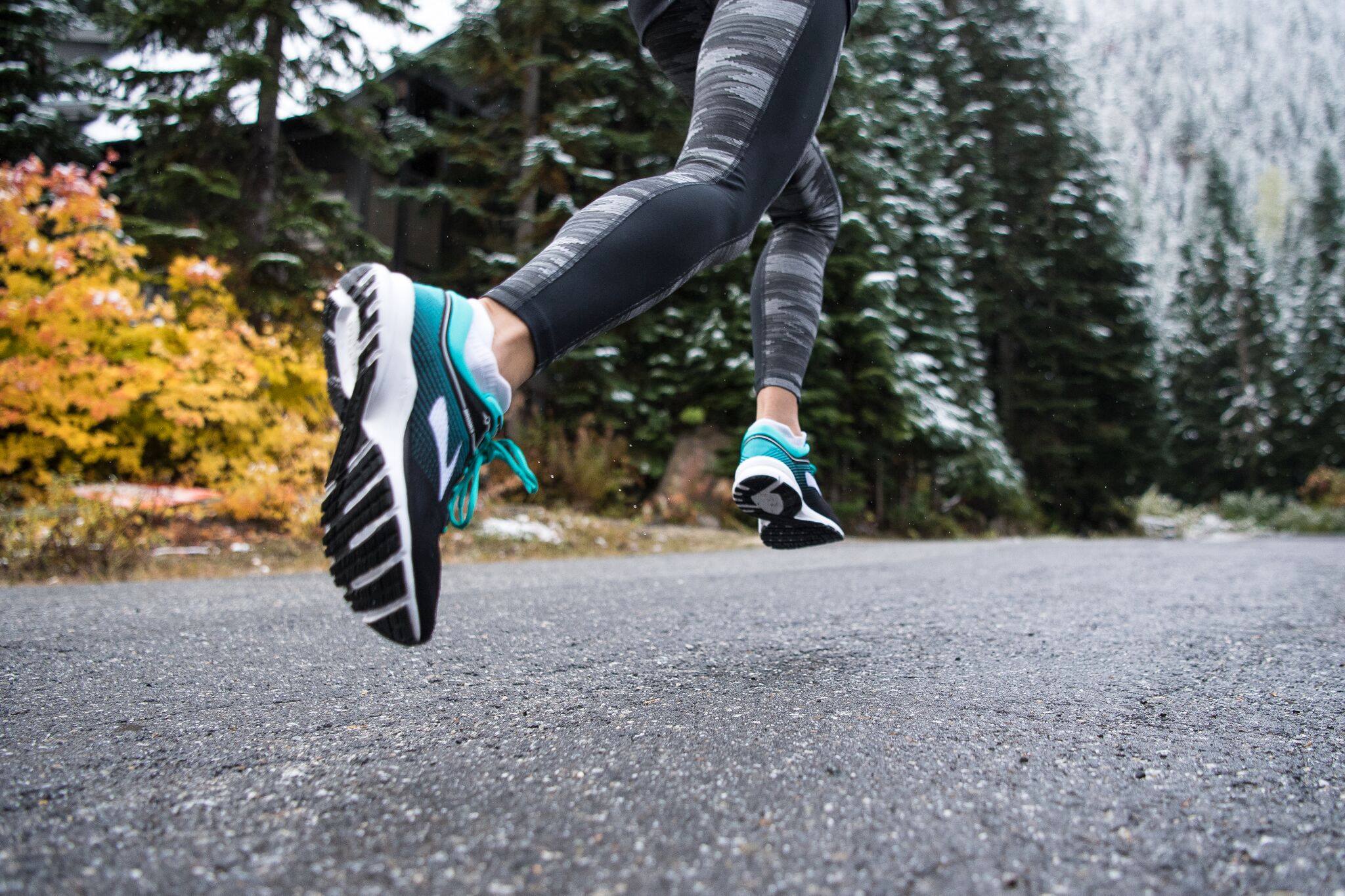
Now that you understand the different types of running shoes available, it’s important to consider your individual needs when choosing the best pair for you. Here are some factors to keep in mind:
Foot Type and Arch Shape
As mentioned earlier, your foot type and arch shape play a crucial role in finding the right shoe. It’s recommended to get properly fitted and assessed by a professional to determine if you have flat feet, high arches, or a neutral foot type. This will help guide you towards the appropriate stability features in a shoe.
Terrain and Distance
Consider the type of surface you will be running on and the distance you usually cover. If you primarily run on roads or pavement, a road running shoe will be the best fit. If you prefer trail running or other outdoor activities, a trail running shoe may be more suitable. Additionally, your distance can also impact the level of cushioning and support you need.
Comfort and Fit
Ultimately, the most important factor in choosing the best running shoe is comfort and fit. When trying on shoes, make sure to walk, jog, and even run in them to ensure they feel comfortable and supportive. The shoe should fit snugly but not too tight, and there should be enough room in the toe box for your toes to move comfortably.
Recommended Brands for the Best Running Shoes
With so many brands and models on the market, it can be overwhelming to choose the best running shoes. Here are some top picks for each category to help narrow down your search:
Neutral Road Running Shoe: Brooks Ghost 13
The Brooks Ghost 13 offers a balance of cushioning and flexibility, making it suitable for most runners. It also has a roomy toe box for added comfort.
Stability Road Running Shoe: Asics Gel Kayano 28
The Asics Gel Kayano 28 provides excellent stability features, including a medial post and firm midsole, while still offering plenty of cushioning and flexibility.
Light Trail Running Shoe: Salomon Sense Ride 4
The Salomon Sense Ride 4 is a lightweight option for those who enjoy running on maintained trails. It offers moderate cushioning and traction while remaining agile on the trail.
Heavy Duty Trail Running Shoe: Hoka One One Speedgoat 4
The Hoka One One Speedgoat 4 is a sturdy and durable option for more challenging terrain. It has a protective rock plate and aggressive outsole for added traction.
Sprinting Shoe: Nike Zoom Superfly Elite 2
The Nike Zoom Superfly Elite 2 offers maximum speed and minimal weight, making it the perfect choice for sprinters looking to improve their performance.
Long Distance Racing Shoe: Adidas Adizero Adios Pro 2
The Adidas Adizero Adios Pro 2 is designed for speed and efficiency over long distances. It offers a balance of cushioning and lightweight design to help you reach your personal best.
Maintaining Your Running Shoes
To ensure your running shoes last as long as possible and continue to provide the best support, it’s important to take care of them properly. Here are some tips for maintaining your running shoes:
- Rotate your shoes: It’s recommended to have multiple pairs of running shoes and rotate between them to allow for proper cushioning recovery.
- Air them out: After each run, make sure to remove the insoles and let your shoes air out. This will prevent bacteria growth and keep them smelling fresh.
- Wash as needed: If your shoes get dirty, it’s okay to wash them using a gentle detergent and warm water. Make sure to let them air dry completely before wearing again.
- Replace regularly: As mentioned earlier, running shoes should be replaced every 300-500 miles. Keep track of your mileage and replace your shoes when necessary to prevent discomfort and injury.
Conclusion
Choosing the best running shoes may seem like a daunting task, but with the right knowledge and considerations, you can find the perfect fit for your needs. Remember to consider your foot type, terrain, and distance when making your decision, and don’t be afraid to try on multiple pairs to find the most comfortable option. With the right pair of running shoes, you can enjoy the sport with comfort, support, and top performance. Happy running!


